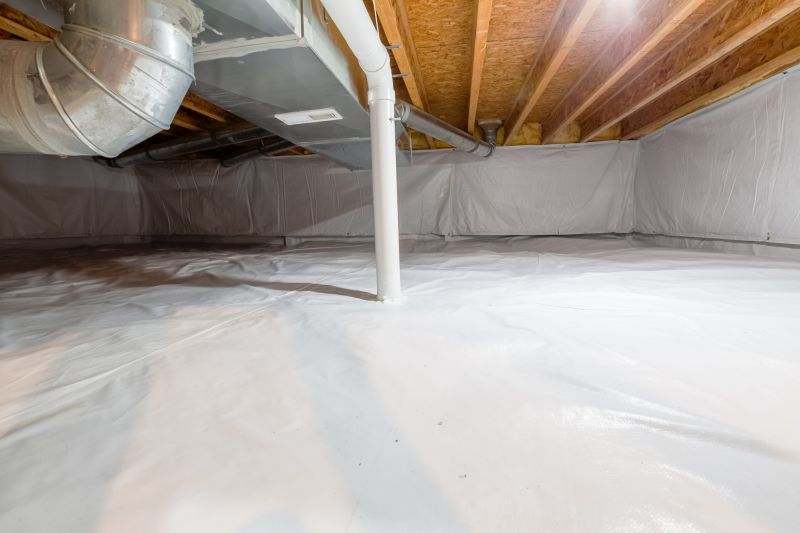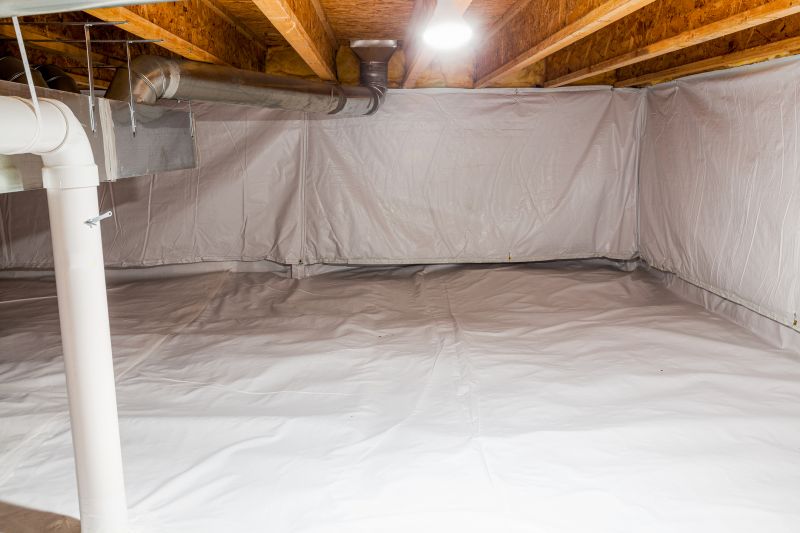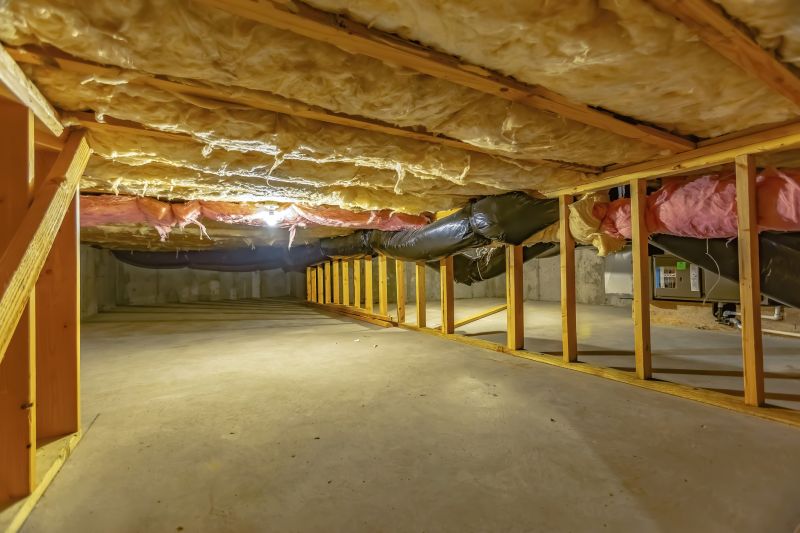Expert Crawlspace Insulation and Sealing
Crawlspace encapsulation involves sealing and insulating the crawlspace area beneath a building to prevent moisture intrusion, improve air quality, and enhance energy efficiency. Proper encapsulation can significantly reduce the risk of mold growth, wood rot, and pest infestations, contributing to a healthier indoor environment and lower energy costs.
Encapsulation prevents excess moisture from entering the crawlspace, reducing mold growth by up to 85% and protecting the structural integrity of the home.
Sealing the crawlspace can decrease heating and cooling costs by up to 15%, making homes more energy-efficient and reducing utility bills.
Reducing mold and dust mites in the crawlspace minimizes airborne allergens, leading to improved indoor air quality and respiratory health.
Encapsulation creates a barrier against pests such as termites and rodents, which are attracted to damp and accessible crawlspaces.




Neglecting crawlspace encapsulation can lead to increased moisture levels, fostering mold growth and structural damage over time. Unsealed crawlspaces are also more susceptible to pest infestations and energy loss, which can result in higher utility bills and compromised indoor air quality. Proper encapsulation offers a cost-effective solution to these issues, enhancing the durability and comfort of the home.
| Dangers of Not Encapsulating | Benefits of Encapsulation |
|---|---|
| Mold growth and moisture damage | Reduces moisture and mold risk |
| Higher energy bills | Improves energy efficiency |
| Pest infestations | Creates a pest barrier |
| Structural deterioration | Protects structural components |
| Poor indoor air quality | Enhances indoor air quality |
| Wood rot and decay | Prevents wood rot |
| Increased allergy symptoms | Reduces airborne allergens |

